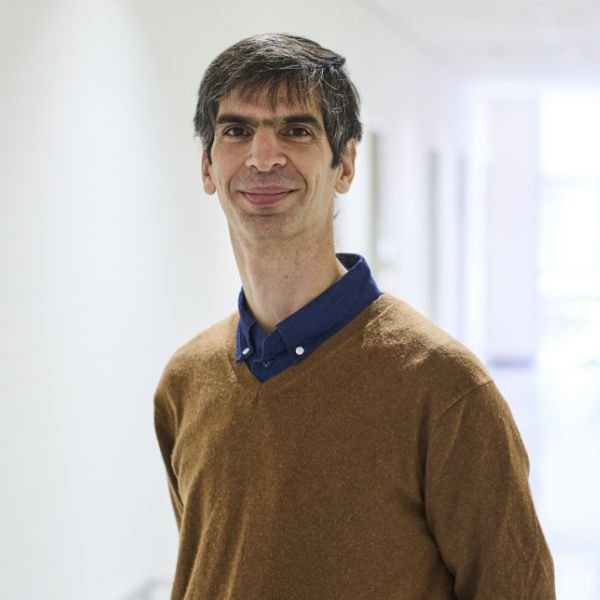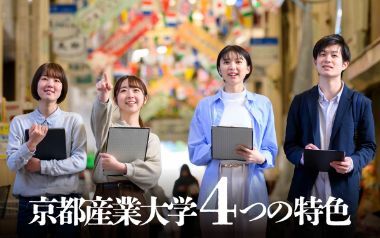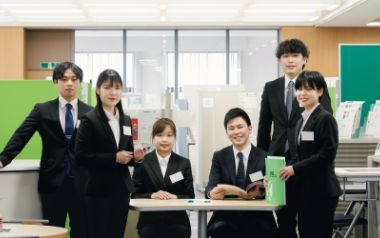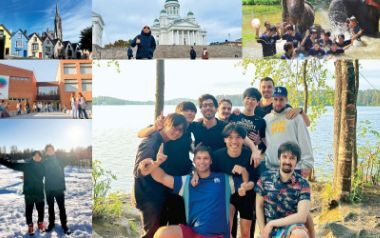
マレス エマニュエル ベルナール
MARES EMMANUEL
文化学部 京都文化学科 准教授
- 学位
- 博士(学術)
- 専門分野
- 日本建築史、日本庭園史 History of Japanese Architecture and Gardens
研究テーマ
日本庭園の文化史/比較研究
高校生に向けた研究内容の紹介
京都には数え切れないほどの歴史的な庭園がありますが、庭は自然の素材で構成された生きもので常に変化しており、その変遷を知るための資料がほとんどないのも事実です。言い換えれば、日本庭園の通史とは忘却と沈黙の海の中に浮かぶ小さな知識の島々でしかないです。その歴史をどう編むのかが大きな課題の一つです。また比較研究、特に日仏の庭園文化交流の研究は日本庭園の本質を再考するきっかけとなります。
京都の庭を出発点に、自然と文化、地域と風景、生活と芸術、日本と海外、過去と現在、そして未来の地球のあり方にまで思いを巡らせて研究しています。
ゼミナール/研究室のテーマ
日本建築士・日本庭園史
ゼミ/卒業研究の紹介
このゼミでは、歩きながら地域の歴史や文化、生活や風景などを調べることによって鳥の目という全体像をつかむ視点(マクロスケール)を学びます。また、庭の中にしゃがんで石や植物を調べたり、手入れや掃除などの作業をとおして、虫の目という深くて狭いところを探る視点(ミクロスケール)も身につけます。
それらの経験に基づいて学生は、自分の興味のあるテーマを選んで、自ら文献や現地調査を実施し、情報を収集し、整理し、分析していきます。好きなことに夢中になる、滅多にないチャンスです!
プロフィール
日本で日本庭園を研究するフランス人だから「そもそも、なぜ日本に興味をもったのか?」「なぜ日本語と日本文化を勉強しようと思ったのか?」「なぜ日本庭園の研究なのか?」などとよく訊かれます。じつは、高校を卒業した時に得意分野がなかったので、大学ではそれまでにやったことがない科目を選んだだけです。もちろん、子供の時に見ていたアニメや漫画、また中学校の時から続けている合気道の影響は否めませんが、日本建築と日本庭園の歴史について研究することになるなんて想像できなかったです。振り返ってみると、本当に不思議な経緯ではありますが、未知の世界に導かれることこそ、研究の醍醐味なのではないでしょうか。
高校生へのメッセージ
京都には数え切れないほどたくさんの庭園があります。「百聞は一見に如かず」という諺にもあるように、京都産業大学にいる間はできるだけ自分で見に行ってください。しかし、眼で見るだけではなく、体のすべての感覚をすまして見てほしいのです。短い大学生活の間は多くの人やものに触れて、刺激を受けて、今後の人生の糧になる経験を積んでいきましょう。




